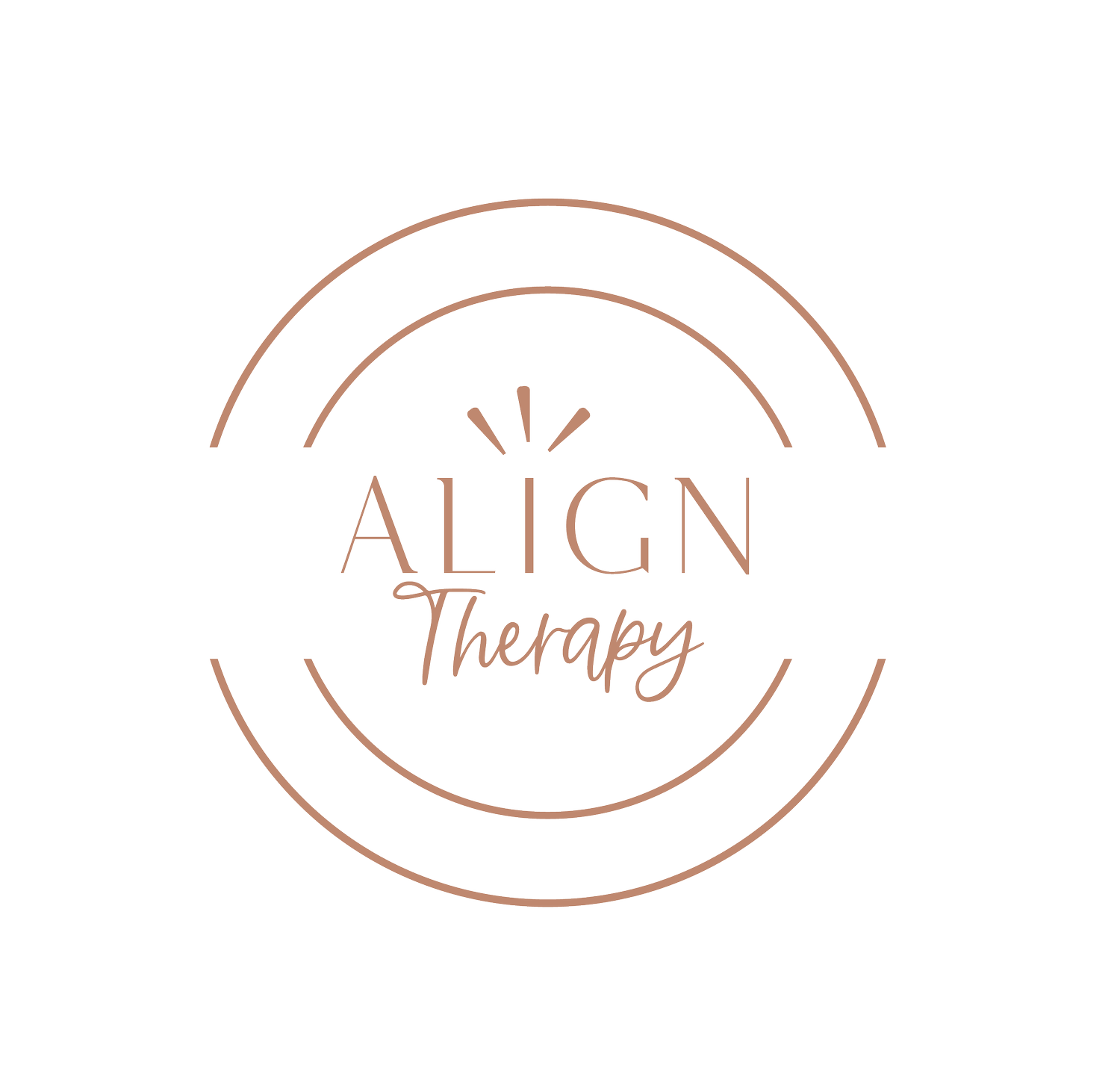Think You May Have OCD? A Guide to OCD Treatment
Have you been struggling with anxiety-related thoughts, feelings, or behaviors that you think could be related to OCD? If you’re interested in getting help but feel uncertain about what kind of therapy will help you the most, you are in the right place. For most of us who are unfamiliar with all of the different therapeutic modalities, the process of determining the best fit for your needs can be overwhelming. Read on to learn more about what OCD is and different approaches to OCD treatment.
What is OCD?
OCD, or Obsessive-Compulsive Disorder, is a mental health condition characterized by obsessions, compulsions or both, which occur for at least one hour a day and cause significant distress and impairment to functioning. Obsessions are defined as recurrent, unwanted or persistent intrusive thoughts or images that an individual may have. Compulsions are defined as thoughts or actions an individual will perform in order to suppress or neutralize their obsession. If you are unsure whether you are experiencing anxious thoughts and feelings versus symptoms of OCD, check our blog post that talks about how to tell the difference between anxiety and OCD.
Which Therapy Modalities Can Help Me with Managing OCD
There are four main therapy modalities that we at Align Therapy use for the treatment of OCD:
Exposure and Response Prevention (ERP)
Acceptance and Commitment Therapy (ACT)
Inference-Based Cognitive Behavioral Therapy (I-CBT)
Eye Movement Densensitization and Reprocessing(EMDR) are the modalities.
It is important to find a therapist who utilizes these techniques for OCD, as OCD symptoms require specialized care and may not resolve using traditional talk therapy modalities such as traditional CBT.
What is ERP?
Exposure and Response Prevention (ERP) is the gold-standard, evidence-based treatment for OCD. It involves reducing an individual’s compulsions by utilizing specific response
strategies and behavior modification, as well as utilizing gradual exposure towards what the individual fears. In this therapy, you will learn about how OCD manifests and together with your therapist, you will create an exposure hierarchy where you list yur fears based upon your levels of distress. With ERP, the goal is not to get rid of intrusive thoughts, but rather, to
learn how to disengage from them. OCD thrives off of uncertainty and while we cannot stop uncertainty, we can learn how to tolerate it.
What is Acceptance and Commitment Therapy (ACT)?
While ERP is considered the gold-standard treatment for OCD, ACT is considered to be a second-line treatment. ACT is a therapy which stems from cognitive behavioral therapy
(CBT) and utilizes six core processes: acceptance (accepting your full range of emotions), cognitive defusion (distancing yourself from your thoughts), being in the present, self as context (recognizing yourself as more than your thoughts/experiences), values and committed action. ACT blends well with ERP due to its emphasis on values. ACT teaches us
that despite our OCD intrusive thoughts, we can continue to take committed action and behavioral change in alignment with our values.
What is Inference-Based Cognitive Behavioral Therapy (I-CBT)?
I-CBT is another second-line treatment for OCD which I will often blend with ERP and ACT. I-CBT is a form of CBT which was developed directly for OCD. Unlike ERP which holds a
stance that intrusive thoughts and doubts are random and that meaning is created following the thought, I-CBT holds that these doubts have occurred as a result of prior reasoning.
What is EMDR?
While EMDR is not commonly used for OCD and we will use the other evidence-based modalities first, certain elements of EMDR can be helpful for those with OCD.
By utilizing bilateral stimulation (back-and-forth eye movements or tapping), EMDR can help individuals create distance between themselves and their intrusive thoughts via the Distancing Technique. The goal of the Distancing Technique is to create detachment between yourself and your intrusive thoughts. This can helpful the individual feel less urgency around acting on the thought or performing a compulsion. Ultimately, determining which type of therapy for OCD is best for you, will be a collaborative process between you and your provider. Reading up on OCD treatment options is a brave first step!
At Align Therapy Services, Dr. Rachel Larrain Montoni, Ph.D., and Molly Martin, LMSW can help you get the support you need to begin your healing journey. Finding an OCD therapist can feel like an overwhelming and anxiety-provoking task. Scheduling a consultation is the first step to getting the support you need. Meeting with the right therapist can help you to recognize patterns that aren’t serving you, develop healthy coping skills, and forge a brighter path ahead. If you found this blog post helpful, know that we are here to help you better manage anxiety symptoms and/or OCD. Please feel free to reach out to us today - let’s see if we are a good match for you.

